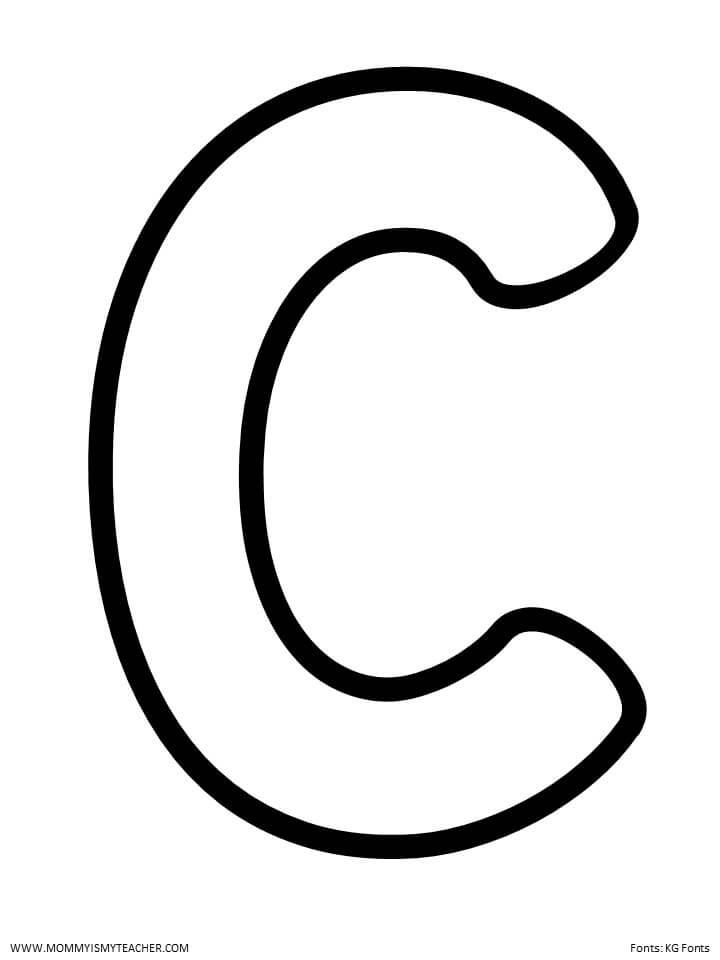Table Of Content

Because certain characters cannot be part of a literal string expression directly, they are instead identified by an escape sequence starting with a backslash (\). For example, the backslashes in "This string contains \"double quotes\"." indicate (to the compiler) that the inner pair of quotes are intended as an actual part of the string, rather than the default reading as a delimiter (endpoint) of the string itself. Such array variables are allocated based on the value of an integer value at runtime upon entry to a block, and are deallocated at the end of the block.[1] As of C11 this feature is no longer required to be implemented by the compiler.
Usage as a letter variant in various languages

Individual character constants are single-quoted, e.g. 'A', and have type int (in C++, char). The difference is that "A" represents a null-terminated array of two characters, 'A' and '\0', whereas 'A' directly represents the character value (65 if ASCII is used). The same backslash-escapes are supported as for strings, except that (of course) " can validly be used as a character without being escaped, whereas ' must now be escaped. The type qualifier const indicates that a value does not change once it has been initialized. Attempting to modify a const qualified value yields undefined behavior, so some C compilers store them in rodata or (for embedded systems) in read-only memory (ROM). There are also compilers, libraries, and operating system level mechanisms for performing actions that are not a standard part of C, such as bounds checking for arrays, detection of buffer overflow, serialization, dynamic memory tracking, and automatic garbage collection.
Related languages
Both Unix and C were created at AT&T's Bell Laboratories in the late 1960s and early 1970s. Many universities and organizations began creating their own variants of the language for their own projects. By the beginning of the 1980s compatibility problems between the various C implementations became apparent. In 1983 the American National Standards Institute (ANSI) formed a committee to establish a standard specification of C known as "ANSI C".
Size and pointer difference types
(A more careful program might test the return value to determine whether or not the printf function succeeded.) The semicolon ; terminates the statement. The most common statement is an expression statement, consisting of an expression to be evaluated, followed by a semicolon; as a side effect of the evaluation, functions may be called and variables may be assigned new values. To modify the normal sequential execution of statements, C provides several control-flow statements identified by reserved keywords. The for statement has separate initialization, testing, and reinitialization expressions, any or all of which can be omitted. Break is used to leave the innermost enclosing loop statement and continue is used to skip to its reinitialisation.
The GCC 9,[64] Clang 9.0,[65] and Pelles C 11.00[66] compilers implement an experimental compiler flag to support this standard. This syntax does require special handling to encode a backslash character – since it is a metacharacter that changes literal interpretation behavior; not the literal backslash character. To demonstrate the value of the escape sequence feature, to output the text Foo on one line and Bar on the next line, the code must output a newline between the two words. The C# language definition and the CLI are standardized under ISO/IEC and Ecma standards that provide reasonable and non-discriminatory licensing protection from patent claims. Since C# 3.0 the syntactic sugar of auto-implemented properties is available,[82] where the accessor (getter) and mutator (setter) encapsulate operations on a single attribute of a class.
The C# specification details a minimum set of types and class libraries that the compiler expects to have available. In practice, C# is most often used with some implementation of the Common Language Infrastructure (CLI), which is standardized as ECMA-335 Common Language Infrastructure (CLI). In the C programming language, operations can be performed on a bit level using bitwise operators. Furthermore, (multi)maps (associative arrays) and (multi)sets are provided, all of which export compatible interfaces.
2024 NFL Draft grades, second round: Bills get C- for Keon Coleman; Eagles earn A- for Cooper DeJean - CBS Sports
2024 NFL Draft grades, second round: Bills get C- for Keon Coleman; Eagles earn A- for Cooper DeJean.
Posted: Sat, 27 Apr 2024 01:35:00 GMT [source]
C++ Core Guidelines
Multiple inheritance is a C++ feature allowing a class to be derived from more than one base class; this allows for more elaborate inheritance relationships. For example, a "Flying Cat" class can inherit from both "Cat" and "Flying Mammal". An interface as in C# and Java can be defined in C++ as a class containing only pure virtual functions, often known as an abstract base class or "ABC". The member functions of such an abstract base class are normally explicitly defined in the derived class, not inherited implicitly. C++ virtual inheritance exhibits an ambiguity resolution feature called dominance.
The Basics And Pitfalls Of Pointers In C
Of all the Germanic languages, only English uses initial ⟨c⟩ in native Germanic words like come. Other than English, Dutch uses ⟨c⟩ the most, for most Romance loans and the digraph ⟨ch⟩. German uses ⟨c⟩ in the digraphs ⟨ch⟩ and ⟨ck⟩, and the trigraph ⟨sch⟩, but by itself only in unassimilated loanwords and proper names.

When performed on an unsigned type or a non-negative value in a signed type, the operation performed is a logical shift, causing the blanks to be filled by 0s (zeros). When performed on a negative value in a signed type, the result is technically implementation-defined (compiler dependent),[5] however most compilers will perform an arithmetic shift, causing the blank to be filled with the set sign bit of the left operand. Function overloading allows programs to declare multiple functions having the same name but with different arguments (i.e. ad hoc polymorphism).
Another way to use this freedom is assembling sequential data to one common buffer. On a system with a memory management unit, such as your average desktop computer, you will most certainly end up with a segmentation fault in the last line. The compiler complained because we wrote an integer into a variable that should be a pointer to an integer, and we should have listened. While individual strings are arrays of contiguous characters, there is no guarantee that the strings are stored as a contiguous group.
U.S. Lags Behind Other Countries in Hepatitis-C Treatment - The New York Times
U.S. Lags Behind Other Countries in Hepatitis-C Treatment.
Posted: Sun, 28 Apr 2024 09:00:50 GMT [source]
Whenever the C++ language designers had two competing ideas as to how they should solve some problem, they said "OK, we'll do them both". The idea of providing an output operator rather than a named output function was suggested by Doug McIlroy[2] (who had previously suggested Unix pipes). The letter ⟨c⟩ is also used as a transliteration of Cyrillic ⟨ц⟩ in the Latin forms of Serbian, Macedonian, and sometimes Ukrainian, along with the digraph ⟨ts⟩. Germanic languages usually use ⟨c⟩ for Romance loans or digraphs, such as ⟨ch⟩ and ⟨ck⟩, but the rules vary across languages.
This causes the compiler to replace that line with the entire text of the stdio.h standard header, which contains declarations for standard input and output functions such as printf and scanf. Separate tools such as Unix's lint utility were developed that (among other things) could check for consistency of function use across multiple source files. C (pronounced /ˈsiː/ – like the letter c)[6] is a general-purpose computer programming language. It was created in the 1970s by Dennis Ritchie, and remains very widely used and influential. By design, C's features cleanly reflect the capabilities of the targeted CPUs.
The extern storage class specifier is redundant when used on a function declaration. It indicates that the declared function has been defined outside of the compilation unit. In addition to the standard integer types, there may be other "extended" integer types, which can be used for typedefs in standard headers. For more precise specification of width, programmers can and should use typedefs from the standard header stdint.h.
The similarly shaped letter the (Ҫ ҫ) is used in the Cyrillic alphabets of Bashkir and Chuvash to represent /θ/ and /ɕ/, respectively. It previously represented a voiceless palatal click /ǂ/ in Juǀʼhoansi and Naro, though the former has replaced it with ⟨ǂ⟩ and the latter with ⟨tc⟩. Figures are either by definition, or approximated from empirical measurements. Throughout the 19th century, the scale was based on 0 °C for the freezing point of water and 100 °C for the boiling point of water at 1 atm pressure. (In Celsius's initial proposal, the values were reversed; the boiling point was 0 degrees and the freezing point was 100 degrees). The table shows the ASCII value a sequence maps to, however, it may map to different values based on encoding.

No comments:
Post a Comment